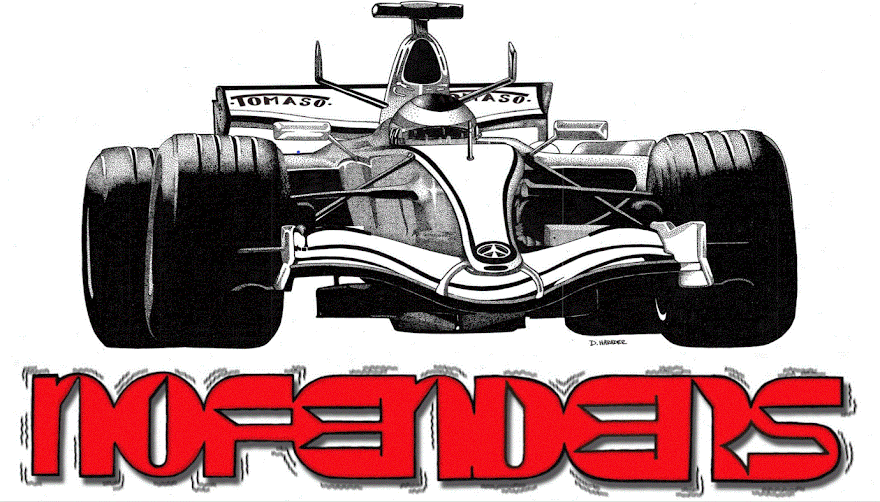Many of us are still in shock over Michael Schumacher’s engine failure in Japan last week. Why did Michael’s Ferrari V-8 engine detonate? Especially since this was Michael’s first race engine failure in 6 years. (France, 2000) Of course we’ll never know the exact reason, nor will Ferrari be willing to divulge the cause. Ferrari has only disclosed that it was a top end failure and there was no warning…
Speculation centers on maximum engine revolutions and whether or not Michael was exceeding these prior to the detonation? Or did Ferrari instructed Michael to “turn up the wick” in a calculated risk to gain a larger gap prior to Michael’s final pit st0p?
Interestingly this year’s engine rules allow for teams to modulate their maximum engine revs, excluding Scuderia Toro Rosso’s rev-limited Cosworth V-10. This allows for teams such as Ferrari to play with peak engine RPM’s during the race weekend. Perhaps running to or above 20,000 RPM’s during qualifying. (Which teams are currently doing) Therefore the FIA has instituted a new maximum RPM limit of 19,000 RPM’s for 2007, which must be accomplished mechanically. This bans the use of RPM modulation through the use of any electronics…
It is certainly possible that Michael was running to a higher (20,000 RPM) rev-limit than normal for race distance when his engine went “KABLAMOE!” Only Ferrari knows…
During last week’s tests at Jerez, Michael topped the time sheets in preparation for the season’s finale at Interlagos. There is speculation that Ferrari will use “tweaked” engines in Brazil as they have nothing to loose… Michael will be able to use a new engine for the single remaining race. This will allow Ferrari to utilize a higher revving engine since it doesn’t have to worry about the usual two race weekend distance rule. Apparently rival F1 teams reported that Michael was running at 20,000 RPM’s in Jerez…
